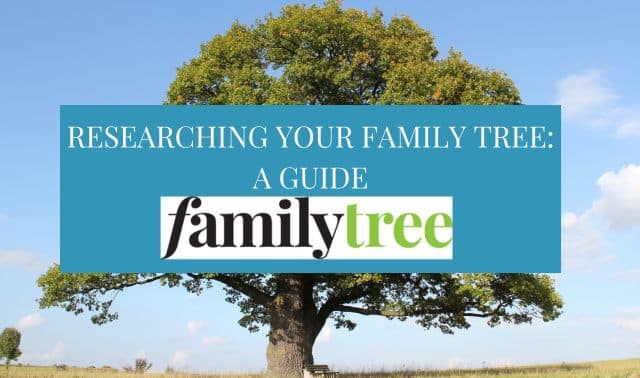Sign up for the Family Tree Newsletter! Plus, you’ll receive our 10 Essential Genealogy Research Forms PDF as a special thank you.
Get Your Free Genealogy Forms
"*" indicates required fields
Source citation is something of a hot button in genealogy. It’s easy to become petrified you won’t do it right, or to imagine that citing sources will take up all your precious research time.
That’s why I love the idea of our Source Citations for Regular People webinar with Shannon Combs-Bennett, coming up this Tuesday, May 20. It’s perfect for you if …
- you’re new to citing genealogy sources
- you’re not sure what information to put in a citation, or what order it should go in
- you’re having trouble finding appropriate citation templates to follow
- you’re not sure what to do with your source citations once you’ve created them
You’ll learn how information you collect about a source varies with the type of source. For an 1870 census record found online, for example, your citation will contain:
- collection name
- county and state
- type of schedule (such as population or mortality)
- town or city
- page number
- dwelling and family number
- name of the person or household
- whether you looked at an index or record images
- website name and URL
- date you accessed the site
- source of the websites images (such as a National Archives microfilm number).
Here are a few more tips from the webinar to remember when collecting and organizing your source information:
- Document the source of the source. If you use a record from Ancestry.com that was digitized from FamilySearch’s microfilm copy of the original, your source citation will include each of these “steps” in the publication process. In this case, the information about the record on Ancestry.com would be followed by the word citing and then the information about the FamilySearch microfilm. There’s a good post about this on the Genea-Musings blog.
- Note whether you’re using an index or an actual record. Source citations for information from an online index generally indicate this by including the word database. Citations for record images found in online collections generally include the words digital image.
- Census citations vary by year. Because of the differences in US censuses over time, the information in census citations varies slightly by year. For pre-1850 population schedules, cite the page number and line number. For 1850 and later, cite the page number and family or dwelling number. Also note the schedule you used (population, manufacturing, etc.).
- Keep citations with the source. Include source citations in your online tree or genealogy software when you attach the record, and wherever you add or update a fact or event derived from that record. Most programs have a source management feature to help you create and use citations.
Add citations in the margins or to the back of paper copies. Use a photo-editor or Acrobat to add citations to digital copies. You also can keep a database of numbered citations, and add the numbers to your family tree facts and copied records.
- Source family stories. In family history narratives, add numbered footnotes at the bottom of the page or endnotes at the end of the text. Place the corresponding numbers within the text, where you mention information from each source. Word processing software can automatically format footnotes or endnotes and renumber the notes as you edit.




